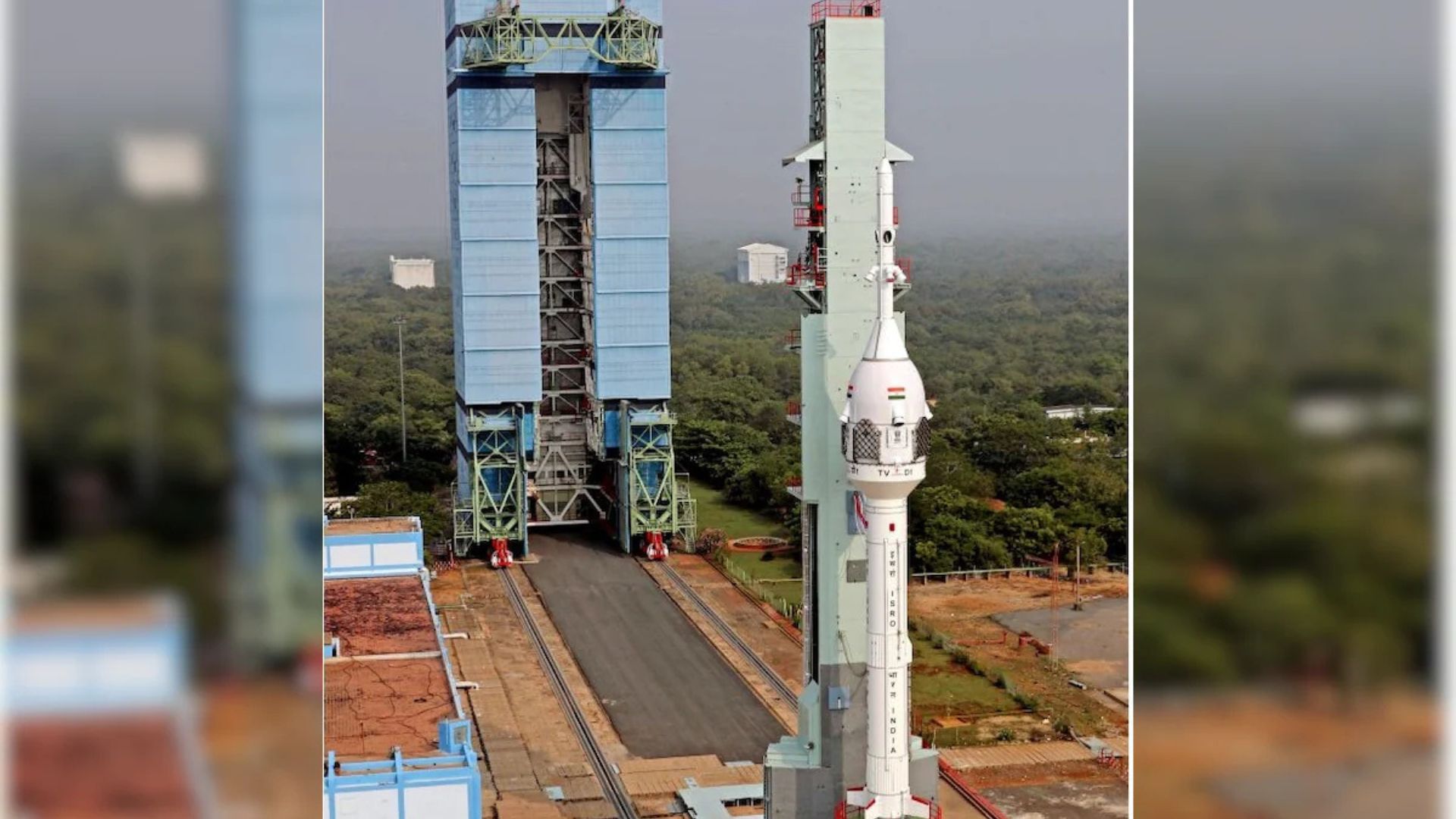The Indian Space Research Organisation (ISRO) is gearing up for its maiden crewed spaceflight program, the Gaganyaan Mission, which is expected to launch by the end of 2026. ISRO Chairman S. Somanath announced on Monday that the first uncrewed test flight of the mission is slated for early next year.
The Gaganyaan project aims to demonstrate India’s human spaceflight capabilities by sending astronauts to an orbit approximately 400 kilometers above the Earth for a three-day mission. Following their time in space, the astronauts will safely return to Earth, landing in Indian sea waters. If successful, this ambitious project, estimated to cost ₹90 billion, will make India the fourth country to send humans into space, following the Soviet Union, the United States, and China.
Somanath stated, “We have been working on the Gaganyaan project for the last four years. Our rocket is completely ready. The (first uncrewed test flight) launch is scheduled for early next year. We initially aimed for December this year, but due to technical difficulties, it is slightly getting extended.”
He further detailed that three additional launches will occur before the crewed flight at the end of 2026. The first launch will include a robot named Vyommitra, set to take place early next year. Following this, two more similar launches will be conducted. Once all three uncrewed missions are successful, the crewed mission will proceed.
In February, Prime Minister Narendra Modi announced the selection of four astronauts—Group Captains Prasanth Balakrishnan Nair, Angad Pratap, Ajit Krishnan, and Wing Commander Shubhanshu Shukla—who are currently undergoing training for the human spaceflight mission.
Chandrayaan 4 Plans Underway
During the event, Somanath also discussed the upcoming Chandrayaan 4 mission, which follows the successful landing of Chandrayaan 3 at the lunar south pole in August last year. He confirmed that the Union government has approved Chandrayaan 4, which aims to revisit the lunar south pole to collect samples for return to Earth.
“This mission will demonstrate two types of technology—one for sample retrieval and the other for a round trip to the moon,” Somanath explained. However, he noted that India currently lacks the necessary rocket capacity to undertake this mission, as the satellite’s mass requires two launches to interlock in space.
“This will be the first time India carries out such a complex maneuver. No one has done anything like this before, and we hope to become the first country to achieve it,” he added.









